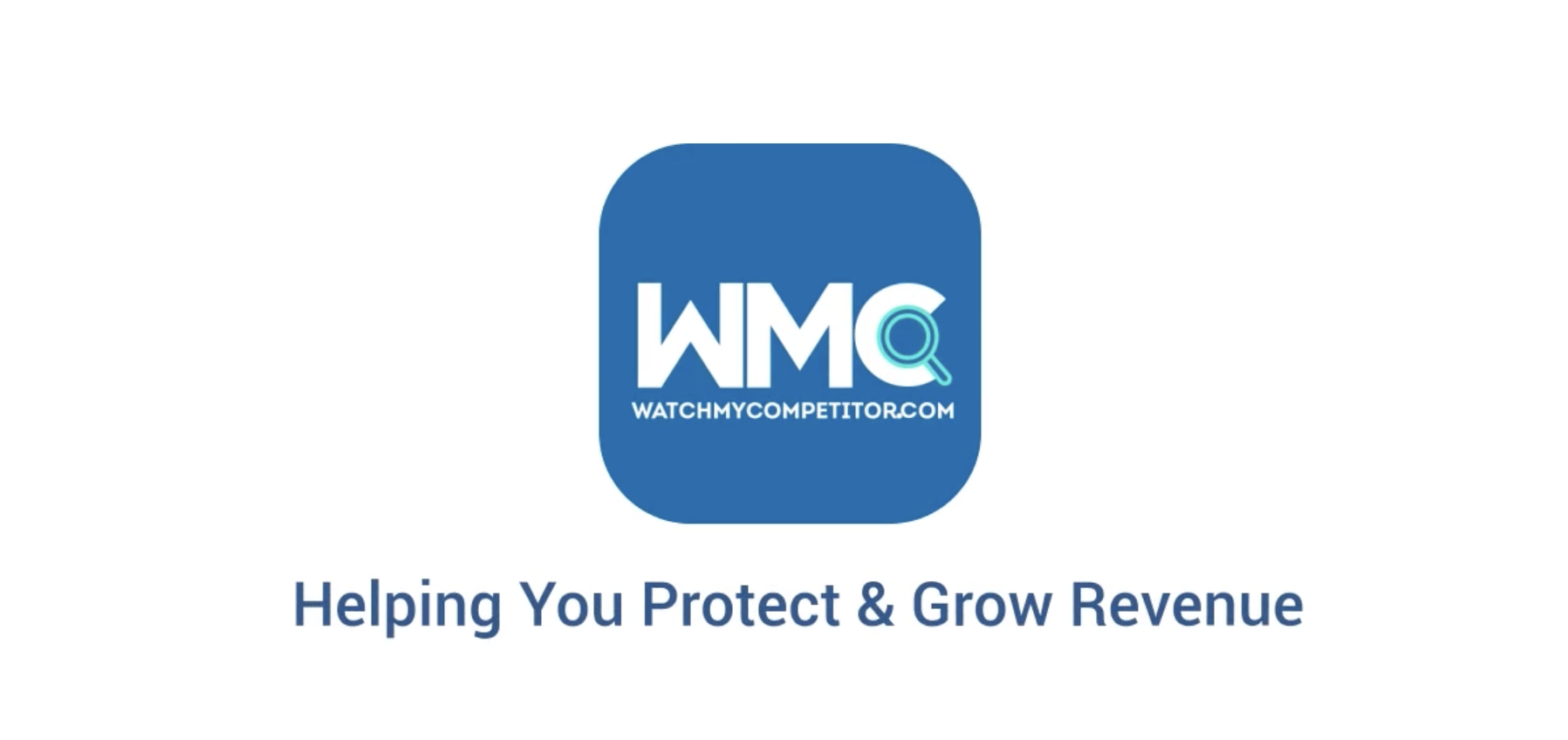Executing a competitive pricing strategy is complex. Moreover, the advantages and disadvantages of different approaches are rarely obvious.
Both consumer-facing and business-to-business companies devote substantial resources to determining when and how to implement competitive pricing. And there’s a good reason for this. Mistakes can lead to loss of market share, reduced profit, damage to brand reputation, and more.
As a business owner or pricing strategist, it’s crucial to know the benefits and drawbacks of competitive pricing. This understanding will allow you to avoid common pitfalls, pick the right mix of individual techniques, and leverage competitive intelligence to minimise risk.

Understanding Competitive Pricing
Competitive pricing is a strategy where prices of products or services are set to compete with those of competitors. It’s not merely about being the cheapest. Rather, it centres on offering the best value within the competitive landscape.
Common examples include matching or undercutting similar providers (price matching) and modifying prices in response to competitors’ promotional offers (dynamic pricing).
Competitive pricing demands that you strike a balance between maintaining profitability and attracting new customers. Any strategy must be based on a thorough understanding of the market, including an analysis of competitors’ strategies, the perceived value of their offerings, and forecasts about their potential pricing structures.
Similarly, competitive pricing is pivotal in determining your brand’s positioning. Your chosen pricing model will define your company in relation to your target market, whether economy, premium, or somewhere in between. Thus, it’s a crucial aspect of your broader marketing and branding strategy.
The 4 Key Advantages of Competitive Pricing
Executed in the right way, competitive pricing leads to a host of benefits, all of which will positively impact your overall revenues and growth. Here’s an overview of the four main advantages of competitive pricing:
1) Increased market share
Adopting competitive pricing enables market penetration by undercutting (or positioning against) rival prices, directly increasing your market share. This approach is effective in capturing price-aware segments, leading to a broader customer base and enhanced market visibility.
2) Improved customer satisfaction & brand loyalty
Strategically setting prices at competitive levels enhances customer perceived value, fostering satisfaction. This, in turn, translates into stronger brand loyalty as consumers associate your brand with optimal value for money, balancing quality and cost.
Keep in mind that striking this balance isn’t always about achieving the lowest possible price, with 58% of customers willing to pay more for higher quality.
3) Higher sales & revenue
Implementing competitive pricing can lead to a higher sales volume by making products more attractive to price-conscious consumers. This tactic boosts revenue generation while maintaining a balance in profit margins, especially when coupled with cost-effective operations and targeted marketing strategies.
4) Greater insights into competitors
A successful competitive pricing strategy must be based on a comprehensive analysis of market dynamics and competitors’ pricing models. Such an approach yields critical insights into competitor behaviour, market trends, and consumer price sensitivity, helping with decision-making and enhanced market responsiveness, both in relation to pricing itself and beyond.

The 4 Potential Disadvantages Of Competitive Pricing
Poorly implemented competitive pricing approaches can have a range of negative effects, potentially inhibiting long-term profitability and market share. Here is an overview of the four main possible disadvantages of competitive pricing:
1) Margin erosion
Competitive pricing, especially when aggressively low, can lead to significant margin compression. This strategy, if not balanced with cost optimisation, risks diminishing returns on investment and can negatively impact the long-term financial sustainability of your business.
2) Price wars
Engaging in competitive pricing can escalate into detrimental price wars, creating a market environment where the emphasis is exclusively on price rather than value or quality. This scenario can lead to a downward spiral in pricing, eroding profitability, reducing the impact of your brand and creating a commoditisation mindset among consumers.
3) Operational inefficiency
To maintain lower price points, you will need to implement stringent cost-cutting measures. This can result in operational compromises, such as reduced quality control or underinvestment in innovation, impacting your brand’s value proposition.
4) Inconsistent brand perception
Frequent price adjustments to remain competitive can disrupt brand identity and consistency. Such volatility in pricing can confuse the market about a brand’s positioning, potentially undermining consumer confidence and loyalty, and affecting long-term brand equity.
Striking A Careful Balance
Research published by dunnhumby shows that the majority of UK consumers view price as the most important factor when making a purchase.
The need for competitive pricing isn’t in question for most businesses. But how can you strike a balance between consistently realising the advantages of competitive pricing and mitigating its disadvantages?
Keep these four processes in mind when implementing your competitive pricing strategy:
A) Regular market analysis
Routinely monitor market trends and competitors’ pricing strategies. This will help you respond dynamically, ensuring your prices are competitive but not detrimentally low.
B) Focus on your value proposition
Beyond just pricing, emphasise the value your product or service offers. This helps differentiate your brand and avoid a sole focus on price competition.
C) Cost management
Implement and test cost-control measures. This ensures that competitive pricing does not erode your profit margins significantly.
D) Brand positioning consistency
Avoid frequent price changes that may confuse customers and dilute brand perception, ensuring your pricing aligns with the overall brand strategy.
By adhering to these guidelines, you can effectively leverage competitive pricing to enhance market presence while also safeguarding your financial health and brand integrity.
Implementing Competitive Pricing
No two pricing strategies are the same. It is crucial to make use of in-house testing along with a mix of research into your customer base and intelligence about your competitors to achieve the best results.
That said, most implementation plans follow a general framework that can also act as a basis for your approach:
1) Market research
Conduct in-depth market analysis to understand the pricing landscape. This includes identifying key market segments, assessing customer price sensitivity, and studying macroeconomic factors that influence pricing. Accurate market research forms the backbone of a well-informed competitive pricing strategy.
2) Analysis of competitive intelligence
Gather and analyse competitor pricing data. This process should encompass a broad spectrum of competitors, from direct to indirect, and consider the various pricing models they employ.
Understanding how competitors position themselves price-wise in the market provides critical insights for setting your own prices. Third-party tools and data sources can be particularly helpful.
3) Measurement & tracking
A data-driven approach is essential for ongoing success when it comes to competitive pricing. Here are five of the main key performance indicators (KPIs) and metrics for measuring the efficacy of your strategies:
Sales volume: Measures the quantity of products or services sold, indicating market acceptance and the direct impact of pricing on sales.
Profit margins: Evaluates the profitability of your products or services, highlighting how pricing strategies affect overall financial health.
Market share: Assesses your company’s portion of total sales in yourindustry, showing the overall effectiveness of your pricing.
Operational costs: Tracks the expenses associated with production and delivery, essential for understanding the sustainability of pricing models.
Customer loyalty: Gauges repeat business and customer retention, reflecting how pricing influences long-term customer relationships and satisfaction.
4) Customer & operational monitoring
Regularly collect customer feedback and operational efficiency data after price changes. Customer satisfaction and retention rates in relation to pricing adjustments are particularly important. Also, evaluate the impact of pricing on operational aspects such as supply chain and inventory management.
5) Refinement & adaptation
Be prepared to refine and adapt your pricing strategy based on data and market feedback. This involves tweaking prices in response to market shifts, competitive moves, or changes in customer preferences. Continuous refinement ensures the pricing strategy remains effective over the long term and the financial health of your business is not jeopardised.
Concluding Thoughts
In conclusion, navigating competitive pricing effectively is crucial for business success, balancing market share growth and customer satisfaction against potential risks like margin erosion and brand inconsistency. It requires a strategic approach, emphasising value, careful cost management, and consistent brand positioning.
By focusing on market analysis, understanding customer needs, and continuously refining pricing strategies, businesses can leverage competitive pricing as a powerful tool for sustainable growth. This approach not only addresses immediate competitive challenges but also sets the foundation for long-term profitability and market leadership.








